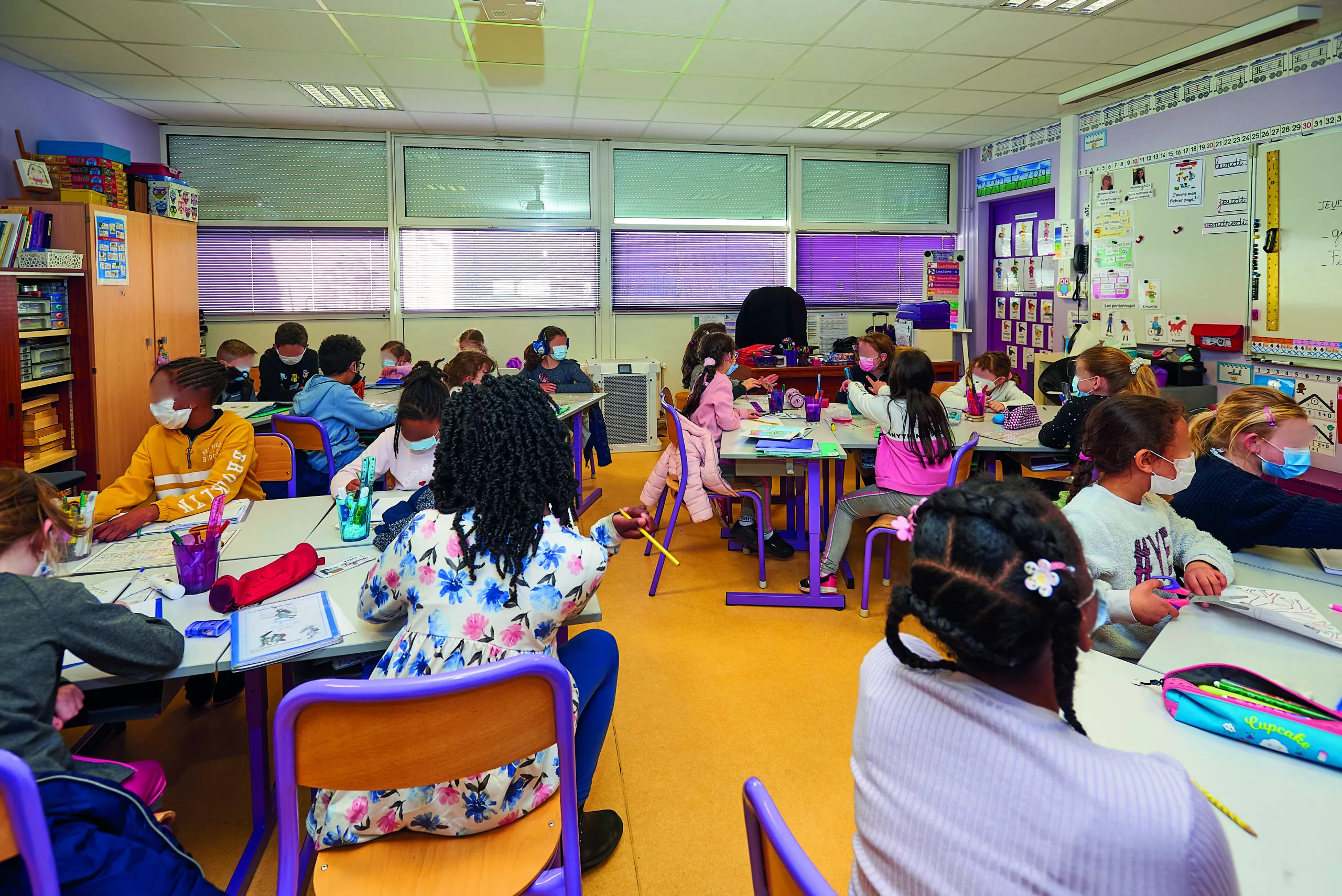
Children and young people: a population sensitive to indoor air quality
The respiratory system of children is not mature until they reach the age of 12. They are more exposed to viruses, bacteria or chemical particles, which makes them very sensitive to respiratory infections. Respiratory allergies are also the number one cause of chronic illness in young people, with an increased risk of developing asthma.
According to Santé Publique France, asthma affects 8% of children and teenagers, compared with 3% to 5% in adults.
Poor indoor air quality in schools and classrooms also affects pupils’ cognitive abilities and alters their concentration, which can result in a drop in academic performance. .
Schools and universities: potential sources of infection
There can be many sources of indoor air pollution in your establishment:
- The use of cleaning or disinfecting products can generate irritating chemical particle emissions
- Construction, decoration or furniture materials emit volatile organic compounds, as a result of which indoor air is loaded with particles toxic to human health
- The students themselves as well as staff can transmit bacteria or viruses during times of epidemic such as SARS-COV 2. Despite protective measures, the risk of airborne contamination remains significant in the canteen, changing facilities and even classrooms.
The indoor air in educational institutions is 8 to 10 times more polluted than outdoor air. And yet, this is where students are required to spend 90% of their school time.
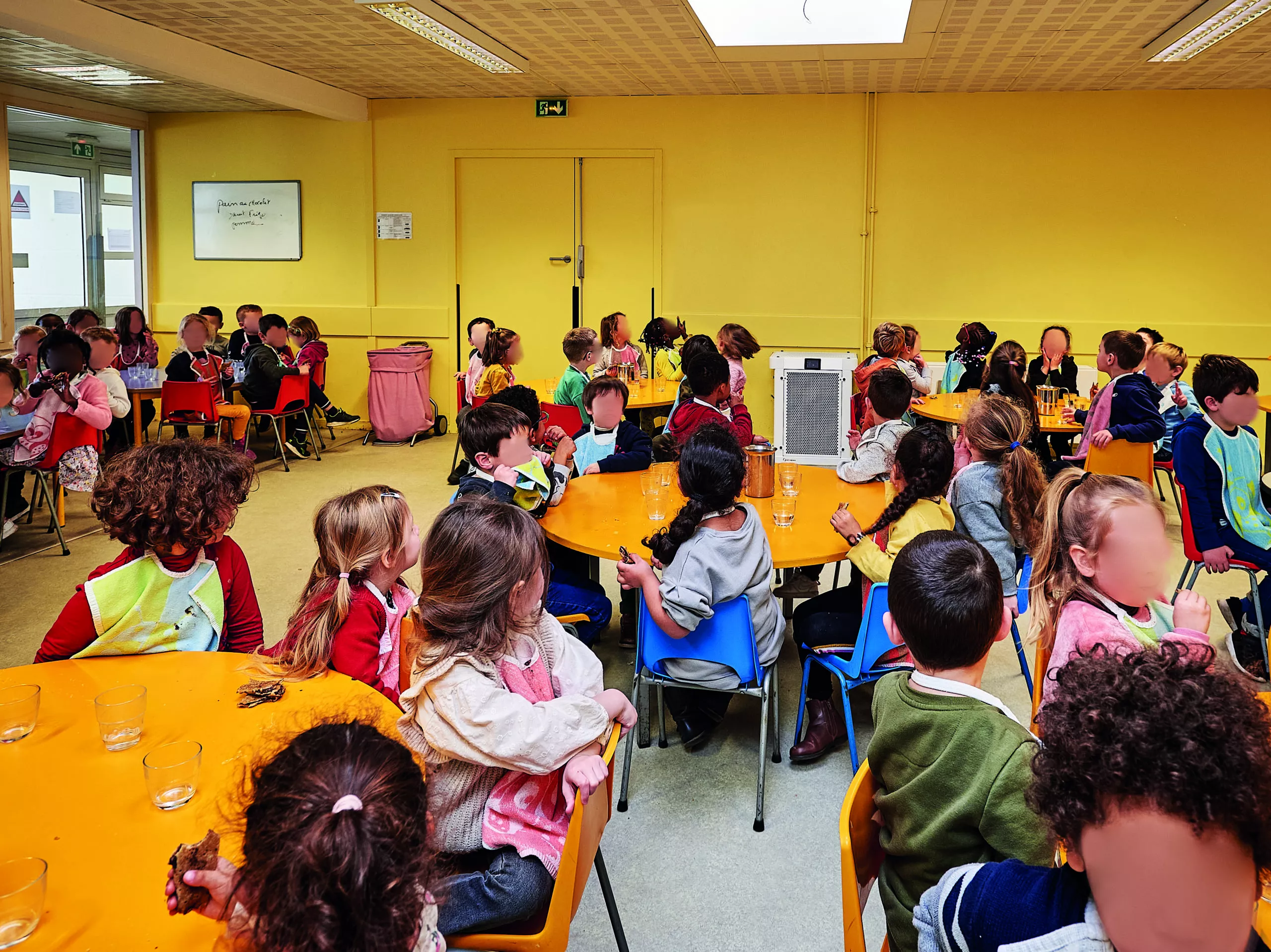

Strict legal obligations for head teachers
Further to decree no. 2015-1000 of 17 August 2015, the heads of educational institutions are required to control indoor air quality. They must also take the necessary steps if the authorised thresholds in terms of CO2, formaldehyde and benzene are exceeded. With airinspace’s CO2 and fine particle sensors, you can measure the pollutant concentration of your indoor air in real time. In addition, airinspace air purifiers for schools and classrooms help you improve the indoor air quality of your primary school, secondary school or university.
Do you need personalised advice?
Ask one of our indoor Air Quality experts for advice
Our air purifiers for schools and universities
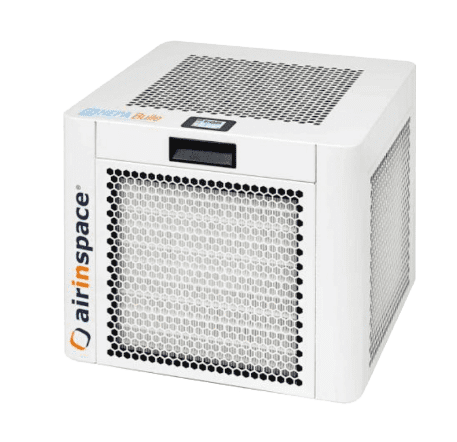
Compact air purifier for small rooms, with H14 HEPA filter.
Ideal for offices or toilets
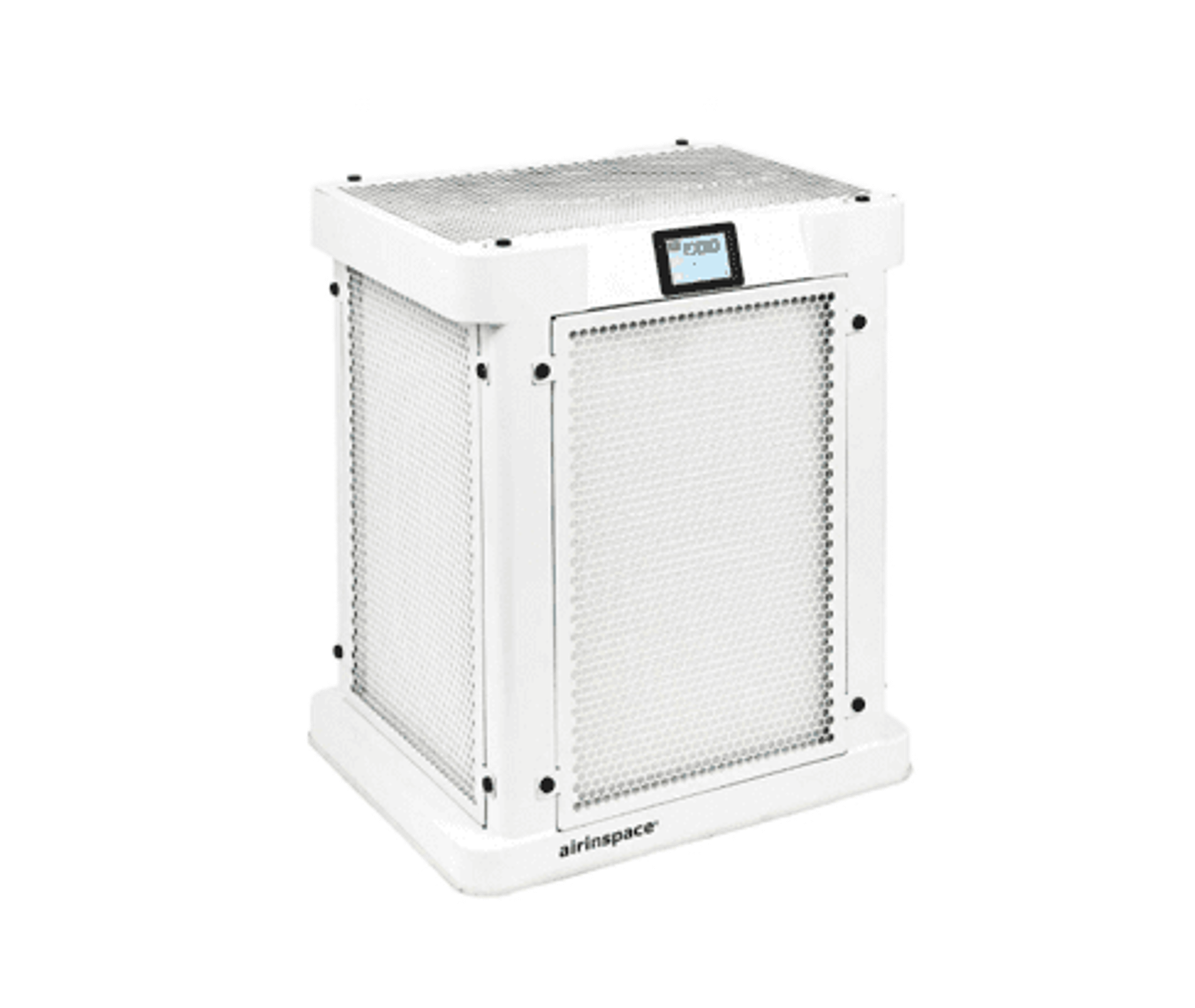
High-capacity air purifier for large volumes, with H14 HEPA.
Recommended for canteens, living areas, classrooms.
Our indoor air quality monitoring tools
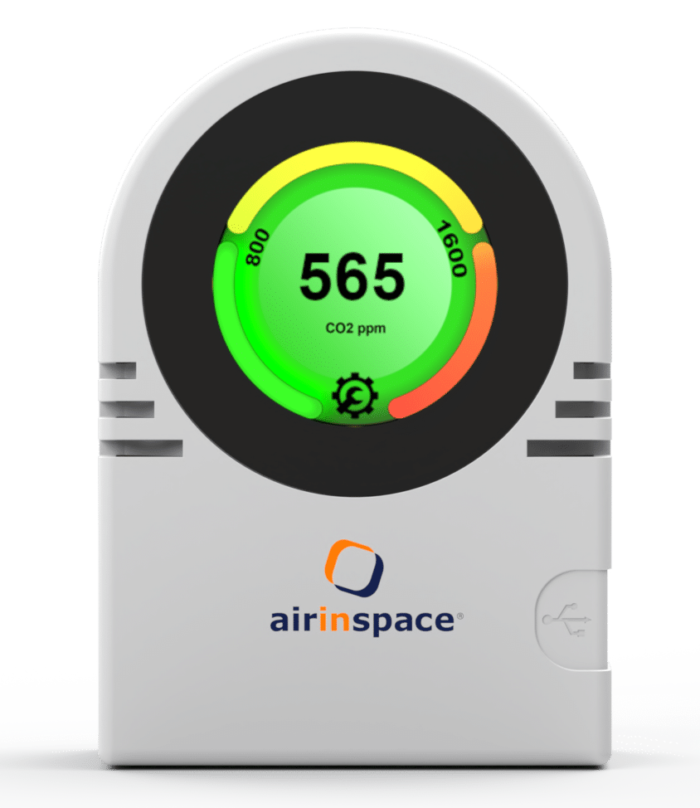
Carbon dioxide monitor
5 good reasons to choose an airinspace air purifier
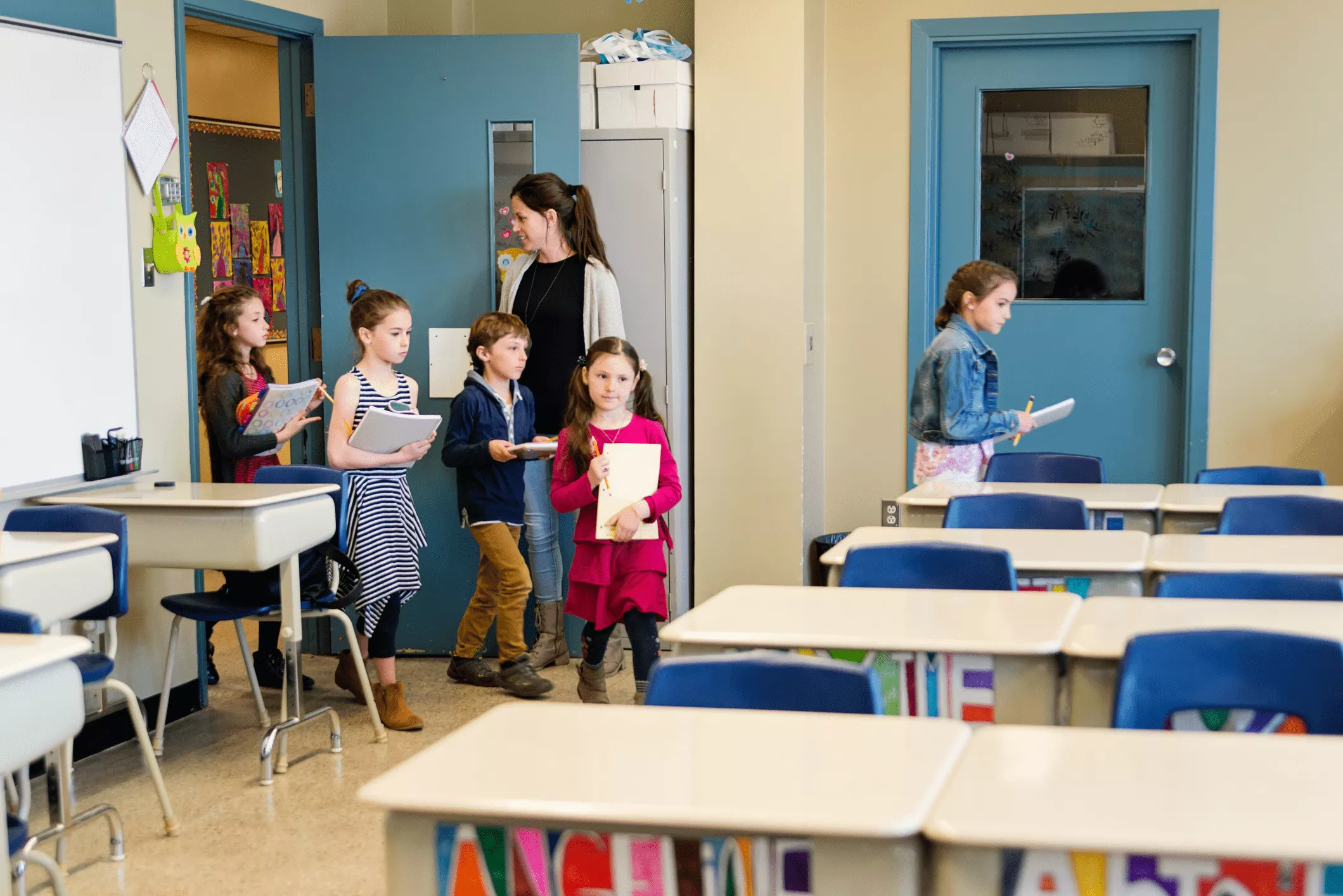
Protect students by suppressing viruses and bacteria in the air
With the SARS-Cov-2 health crisis, the spread of viruses has become a major concern for the heads of educational institutions. Moreover, the academic year is punctuated with critical periods which increase the risk of contagion in your establishment: flu or measles epidemics, bouts of cold or pneumonia, pollen season, etc.
Our professional air purifiers for classrooms are equipped with H14 HEPA filters, capable of suppressing 99.995% of viruses, bacteria and germs in the air. You reduce the risk of contamination and spend a more peaceful academic year. Purified air also improves the students’ attention span. Parents take comfort in knowing that their children are well protected.
Protect teaching and non-teaching staff
Like students, your employees are exposed to the risk of air contamination by viruses and bacteria. Poor indoor air quality can also cause headaches, fatigue, dizziness. By purifying the air in your establishment, you maintain the health of your teaching and non-teaching staff. You limit sick leave and reduce absenteeism.

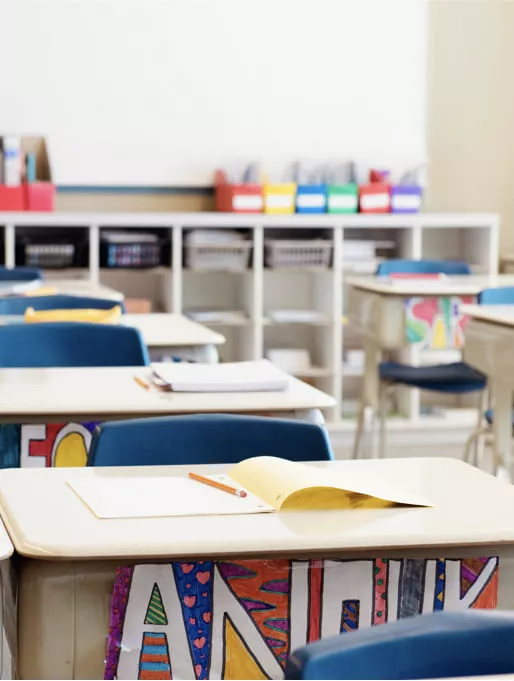
Promote your approach
By improving indoor air quality in your establishment, you raise your profile with elected officials and trade unions. You reassure parents and showcase your voluntary, responsible approach.
Support and services
Benefit from expert advice and technical assistance for the use of your device:
- When preparing your estimate, our experts draft tailored recommendations to design the equipment according to your constraints.
- To install and start up your air purifier, follow the step-by-step video tutorial included in the USB key supplied with your device.
- Our air purifiers for schools also include an alert system to inform you in advance of any change of filter or prefilter that may be required.
For your specific needs, don’t hesitate to contact our specialists for on-demand intervention:
- On-site audit: visit of an expert in Indoor Air Quality and preliminary study.
- Initial training to familiarise yourself with your installation, for the optimal use of your equipment and 100% autonomous maintenance.
- Airborne surface disinfection operation in the event of an outbreak in your educational institution

Would you like to know more?
Ask for our complete documentation on educational institutions